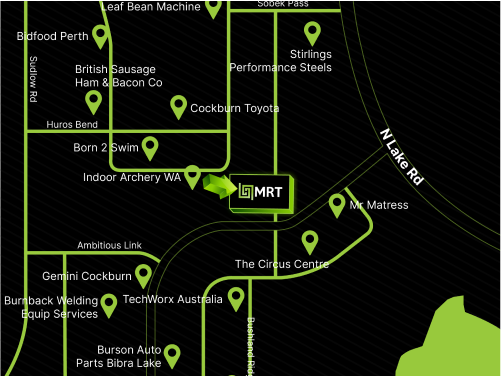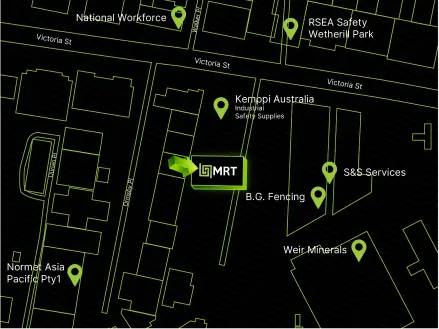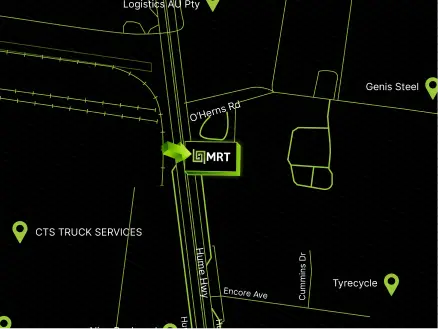Are Australia’s Utes Fuel Guzzlers? Calls to Change Fuel-Efficiency Standards
Australia’s love for utes has a downside—many of the top-selling models are some of the most polluting and costly vehicles to run. This reality has sparked calls for new laws to reduce emissions and encourage a shift toward more efficient models. Currently, the lack of strict fuel-efficiency standards allows carmakers to funnel their least efficient models into the Australian market, perpetuating high transport emissions.
A recent report by the Climate Council, Ute Beauty!, highlights the need for an overhaul in how utes are regulated in Australia. While EV utes are seen as the long-term solution for decarbonising transport, the report emphasises that transitioning to electric vehicles won’t happen overnight. Instead, the focus should be on pushing Australians toward the most efficient ute models available today, while gradually adopting cleaner alternatives.
The Impact of Ute Emissions on Australia’s Climate
The report comes amidst a decade-long surge in the popularity of SUVs and dual-cab utes in Australia. While comparable countries have managed to lower their transport emissions, Australia’s figures have spiked, thanks in part to these larger, fuel-hungry vehicles. The popularity of these utes is not just a consumer choice—various tax incentives have made it easier for Australians to opt for larger vehicles, resulting in billions spent annually on fuel.
Dr. Jennifer Rayner, Head of Advocacy at the Climate Council, stressed the need for immediate action. “While electric vehicles and utes might not be accessible for everyone right now, there are more efficient options that people can switch to,” Rayner said. By encouraging consumers to buy the most efficient models currently available, fuel costs could drop by $210 million over the next five years, and CO2 emissions would decrease by over 436,600 tonnes.
Consumer Choice and Policy: The Path to Change
Rayner also points out that Australians should consider whether they truly need a ute before purchasing one. However, the lack of availability of fuel-efficient and electric models remains a major roadblock. Demand for more eco-friendly vehicles is already high in Australia, but without proper fuel-efficiency standards, the market is limited in supply.
The report calls attention to the poor emissions performance of popular utes like the Toyota HiLux and Ford Ranger, which are among the most expensive to operate and have high tailpipe emissions. In contrast, more fuel-efficient models, such as the Mazda BT-50, are already available, offering a viable alternative for those looking to reduce both costs and environmental impact.
The Case for Fuel-Efficiency Standards
The report strongly advocates for introducing fuel-efficiency standards, which are already in place in regions like the EU, US, and New Zealand. Such standards set caps on the carbon emissions of a manufacturer’s overall sales, incentivising them to bring low and zero-emission vehicles to market. If manufacturers fail to meet these standards, they face penalties, thereby encouraging the import of cleaner vehicles.
“Currently, manufacturers have no incentive to bring their cleaner cars to Australia because they would lose incentives available in other markets with existing standards,” Rayner explained. “Implementing fuel-efficiency standards can put Australia at the forefront of receiving low and zero-emissions vehicles.”
Without such policy interventions, Australia will continue to receive the high-polluting, high-emission vehicles currently dominating its market. The Federal Chamber of Automotive Industries recently revealed that emissions from utes and large SUVs exceeded the industry’s voluntary emissions targets, further emphasising the need for change.
In 2022, carbon emissions from heavy SUVs and light commercial vehicles, including utes, rose to 212.8 grams per kilometre, significantly overshooting the target of 189 grams. “These results show why mandatory fuel-efficiency standards are crucial—not just to save Australians money at the pump but also to reduce transport emissions,” Rayner said. “The car industry set a weak voluntary standard, and they still failed to meet it for certain types of vehicles.”
MRT’s Commitment to Fuel Efficiency and Sustainability
At MRT, we understand the need for more efficient and eco-friendly options in the ute market. As Australia transitions towards greener transport, our R&D team is constantly innovating to ensure that our ute trays and canopies remain compatible with the most efficient models available. Whether it’s fuel-efficient combustion models like the Mazda BT-50 or emerging electric utes, we are dedicated to offering high-quality, durable accessories that align with the evolving standards and needs of the Australian market.
Our goal is to help ute owners make the most of their vehicles while keeping efficiency and sustainability in mind. As fuel-efficiency standards change and new technologies emerge, MRT will be at the forefront, providing solutions that are not only compatible but also elevate the performance, utility, and environmental responsibility of your ute.



 VIEW ON GOOGLE MAPS
VIEW ON GOOGLE MAPS


 1300 650 090
1300 650 090